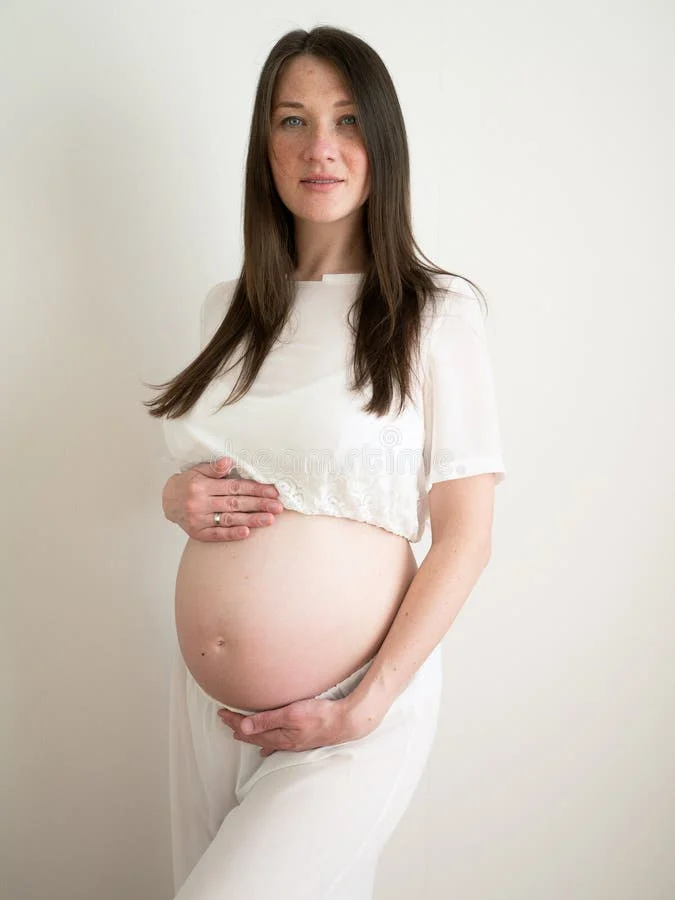I welcomed my youngest child into the world in 2006, and since then, I’ve witnessed a significant evolution in childbirth practices. Over just a decade, the landscape of options available to expectant mothers has transformed dramatically.
One of the most talked-about topics among my friends is the combination of delayed cord clamping and stem cell banking. Many are curious whether they must choose one method over the other, particularly when considering the potential health benefits each offers.
The good news? Many new mothers are opting to do both! Here’s what I learned from the experts at BabyCord.
Understanding Stem Cell Banking
Stem cell banking involves collecting blood from the umbilical cord, along with tissue from both the placenta and the cord itself. Once deemed medical waste, these tissues are now recognized for their value, as they contain stem cells that can be lifesaving.
For instance, stem cells from cord blood are currently used to treat over 80 diseases, including leukemia. As medical advancements continue, the potential for treating additional conditions is promising. The stem cells are a perfect genetic match for your baby and have a 50% chance of being a partial match for siblings or parents, making this a valuable resource for your entire family. While we hope to never need these cells, having them banked offers peace of mind and a safety net for the future.
What Is Delayed Cord Clamping?
Delayed cord clamping, as the name suggests, involves waiting to clamp the umbilical cord until after the placenta has been delivered and the cord has ceased pulsating. This practice has been shown to aid in the newborn’s transition to life outside the womb, enhancing circulation and establishing a healthier red blood cell volume. It also keeps the mother-baby connection intact and reduces potential complications related to placenta delivery.
So, with two significant advancements in childbirth technology available today, can you really do both delayed clamping and cord blood collection?
The Answer: Yes!
You can absolutely have the best of both worlds. Delayed clamping can occur after the placenta is delivered, and cord blood can still be collected as long as it happens within one to three minutes post-delivery. This allows for the collection of the required 100 million cells for banking while also providing the benefits of delayed clamping for both mother and child.
We all want the best for our little ones, and it’s reassuring to know that you don’t have to choose between two beneficial options. If you’re considering cord blood banking, check out some information in this article. For more details, you might also find this post on home insemination engaging. Additionally, learn more from MakeAMom about these important decisions. And for a thorough understanding of pregnancy and related topics, MedlinePlus is an excellent resource.
In summary, delayed cord clamping and stem cell banking can be achieved simultaneously, ensuring your baby benefits from both practices. This knowledge empowers parents to make informed choices during this exciting time.
